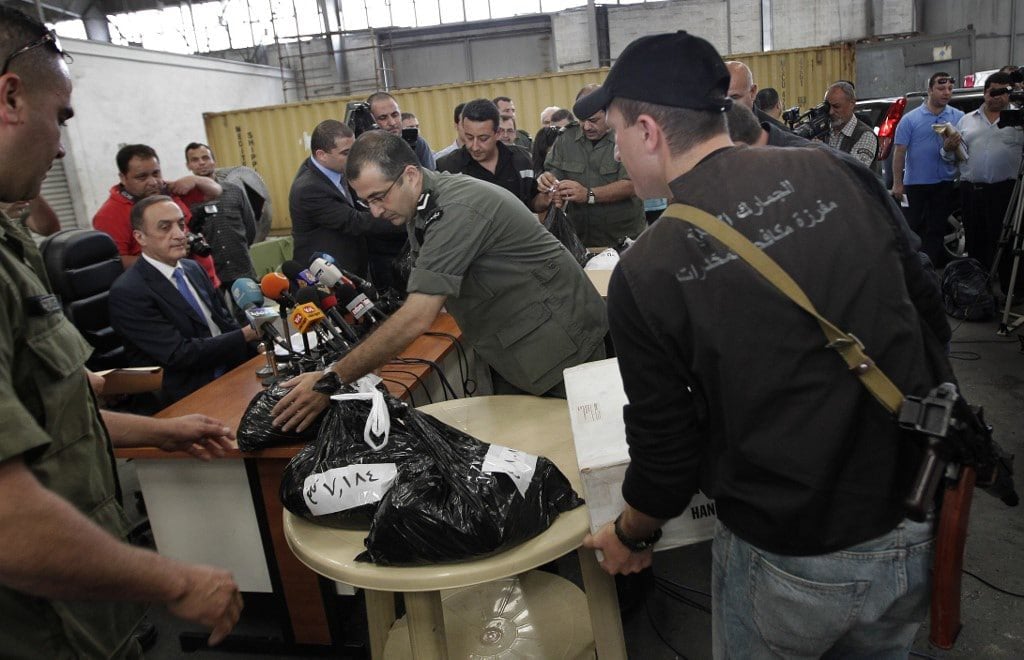
Adel Mojahed
The hidden economy is a term that generally refers to all economic activities not recorded in a state’s books. They are also not subject to the state’s monitoring, direction and supervision. However, they are economic activities operating parallel to the official economy activities that are planned, organized, directed and monitored by the state’s institutions.
The hidden economy goes by different terms, such as informal economy, shadow economy, black economy, parallel economy, etc.
The hidden economy exists in most economies. However, it is more widespread and more brutal in economies of developing countries and newly emerging markets. This includes countries of the Middle East and North Africa.
According to the World Bank, the hidden economy’s amounts to a third of the total GDP of these countries. Furthermore, the active working force in the developing countries’ informal economy is estimated at 70% of the total labor market.
For reasons related to the spread of bureaucracy, nepotism and inflexible laws, the hidden economy is not exclusive to informal activities operating out of the legal system. However, it operates in labor markets, goods and services markets, in addition to capital and credit markets. It may even operate through criminal activities such as human trafficking of all kinds, drug dealing, smuggling goods across borders, embezzlement from the state budget, bribery, and arms dealing outside of the law’s authority.
When the contributions of the hidden economy are not recognized as a part of the national economy, development efforts are threatened. This applies especially to these contributions that occur in a non-criminal form.
Furthermore, this leads to malformations in the general microeconomic and macroeconomic indicators of the state. At the macroeconomics level, not adding these contributions distorts important indicators such as the GDP, the GNP, investment, unemployment, etc. At the microeconomics level, it distorts indicators related to supply and demand measurement, and consumer behavior analysis. In addition, workers in this unofficial economy lose their rights, and the state treasury also loses a significant monetary resource due to tax evasion.
Not acknowledging the hidden economy in most countries – especially Middle East countries – is attributed to several reasons. These reasons include the lack of specialized studies to measure its size, the lack of tools to organize it, the weak entrepreneurship environment; the lack of transparency, and the spread corruption, in addition to public values and norms preventing the state from acknowledging some of these activities for religious reasons.
There is no doubt that the hidden economy has its pros; it provides goods and services at reasonable prices for low-income individuals, as it also contributes to reducing unemployment, which gives it some kind of social protection.
In reality, countries acknowledging the size of production returns from informal economic activities – even if it’s generated from criminal activities – does not mean stopping the fight against all kinds of crimes.
Until developing countries and new markets find means to restrict these activities, they have to work on measuring the incomes they generate, acknowledging them, and enlisting them into the macroeconomic indicators. This will ensure removing some of the distortions caused by these indicators, making them more relevant and representative of their economies.
Disclaimer
The opinions expressed in this publication are those of our bloggers. They do not purport to reflect the opinions or views of Fanack or its Board of Editors.


